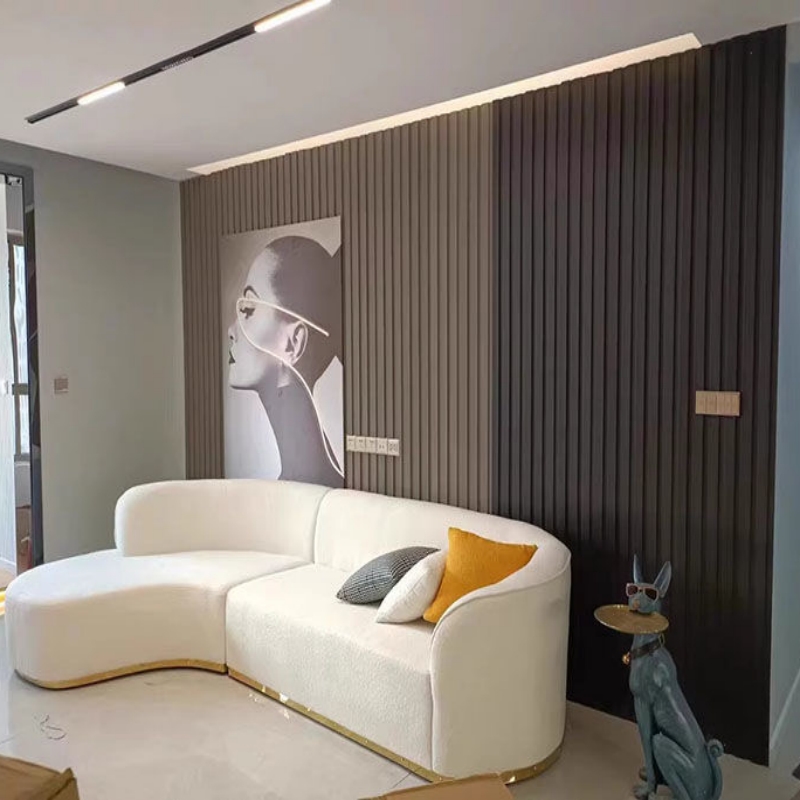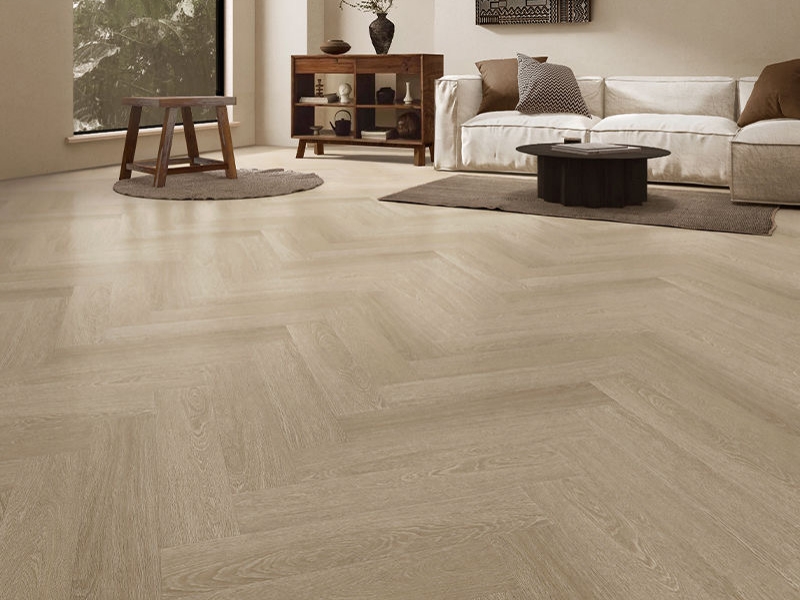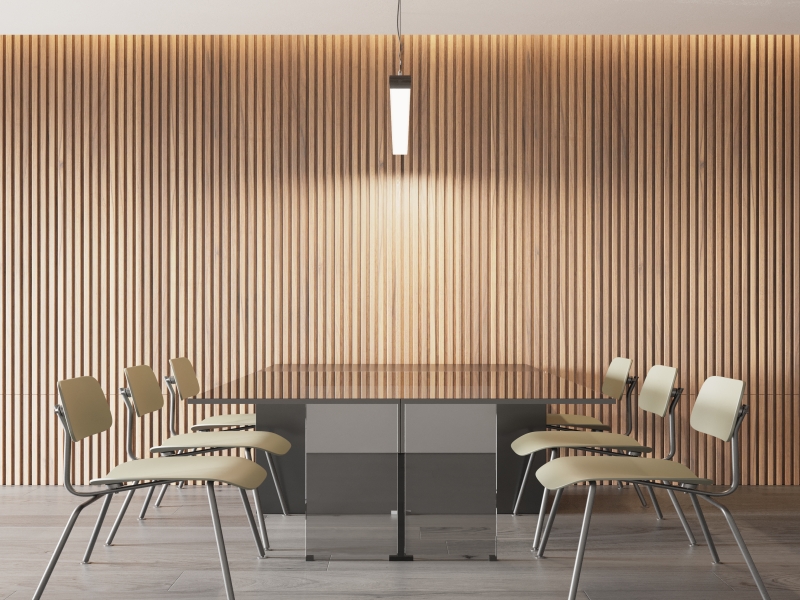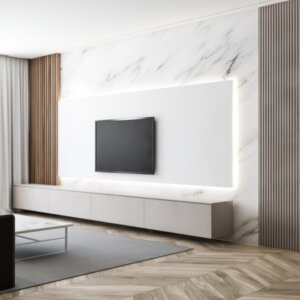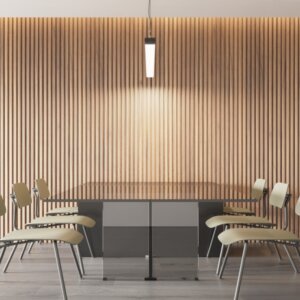What Are Wood Plastic Composite (WPC) Products? A Comprehensive Guide for Buyers and Enthusiasts
Introduction to WPC Materials
What is WPC Material?
Wood Plastic Composite (WPC) is an innovative hybrid material that marries the timeless charm of wood with the robust resilience of plastic. At its core, WPC is crafted by blending finely ground wood fibers—often derived from sawdust or wood waste—with thermoplastics like polyethylene (PE), polypropylene (PP), or polyvinyl chloride (PVC). This fusion creates a material that boasts the warm, natural aesthetic of wood while inheriting the weather-resistant, low-maintenance qualities of plastic.
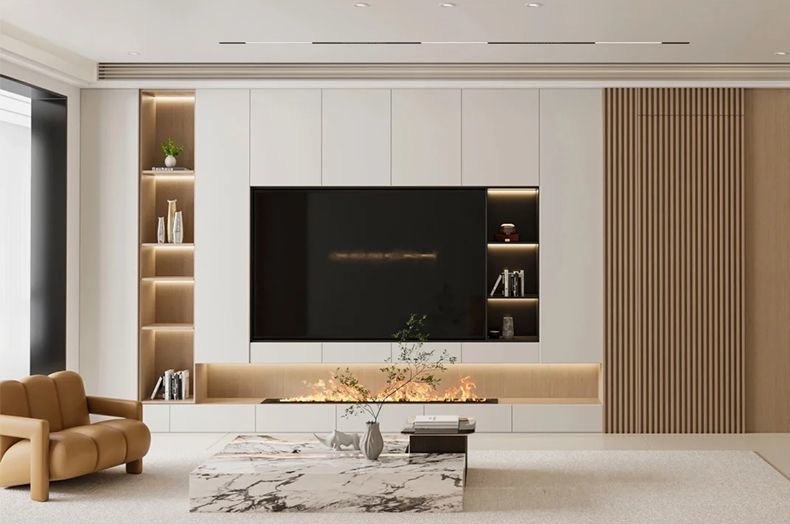
WPC is a standout choice in modern construction and design, finding its place in everything from decking and fencing to the increasingly popular WPC wall panels.
The appeal of WPC material lies in its ability to tackle challenges that traditional wood cannot. It resists moisture, shrugs off insect damage, and stands firm against the elements, making it a versatile option for both indoor and outdoor applications. Imagine a wall cladding that doesn’t warp in humid climates or a deck that doesn’t splinter underfoot—WPC delivers this and more. In China, WPC wall panel manufacturers like Woocan Company have harnessed this material’s potential, producing high-quality wood plastic composite panels that cater to global markets. Whether you’re a homeowner seeking durability or a designer chasing aesthetic flexibility, WPC offers a compelling solution.

Beyond its practical benefits, WPC material is a nod to sustainability. Many WPC products, including those from leading WPC wall panel suppliers, incorporate recycled wood and plastics, reducing waste and lessening the demand for virgin timber. This eco-friendly edge has fueled its rise in popularity, particularly among environmentally conscious buyers. From residential renovations to commercial projects, WPC is redefining how we think about building materials.
WPC Material Full Form and Meaning
The term “WPC” stands for Wood Plastic Composite, a straightforward name that encapsulates its essence. The “composite” part highlights its dual nature—combining wood and plastic into a single, enhanced material. But the meaning of WPC goes deeper than its components. It represents a shift toward smarter, more sustainable alternatives in construction. Often dubbed “plasticized wood” due to its plastic content, WPC brings flexibility and strength to applications where traditional wood might falter.
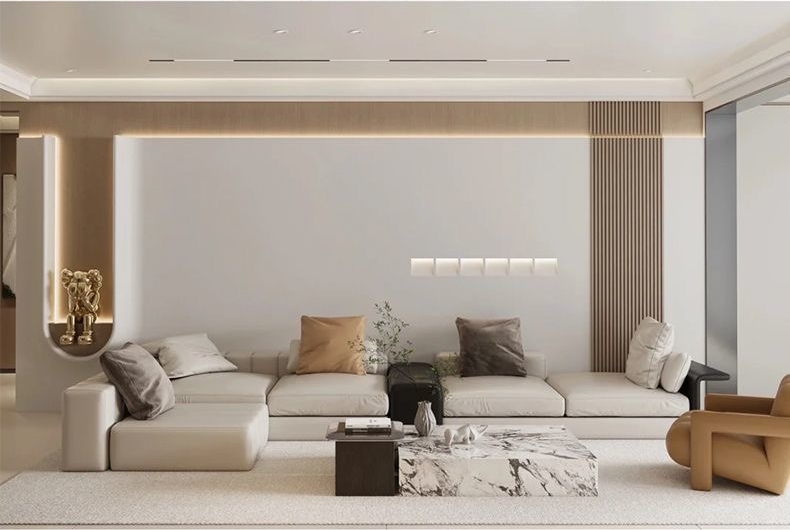
For those new to the term, WPC material meaning ties into its role as a bridge between beauty and functionality. It’s not just about mixing wood and plastic; it’s about creating something greater than the sum of its parts. The wood plastic composite WPC offers a texture and grain reminiscent of natural lumber, yet it sidesteps the pitfalls of rot, decay, and high maintenance. This makes it a favorite among WPC wall panel factories and manufacturers worldwide, especially in hubs like China, where innovation in WPC production thrives.
Understanding WPC’s full form and meaning also sheds light on its growing global demand. As a wood plastic material, it caters to a broad audience—architects, builders, and DIY enthusiasts alike—offering a blend of practicality and style that’s hard to match. Companies like Woocan Company, a prominent WPC wall panel supplier, exemplify this by delivering products that meet both aesthetic and performance standards.
Composition of WPC: What is WPC Made Of?
So, what is WPC made of? The composition of WPC is a carefully balanced recipe that starts with two primary ingredients: wood fibers and thermoplastics. The wood element often comes from recycled sources—think sawdust, wood chips, or industrial byproducts—ground into a fine flour. This is then mixed with thermoplastics such as PE, PP, or PVC, which act as the binding agent. To fine-tune the material’s properties, additives like UV stabilizers, colorants, and lubricants are thrown into the mix, ensuring durability, color consistency, and ease of production.
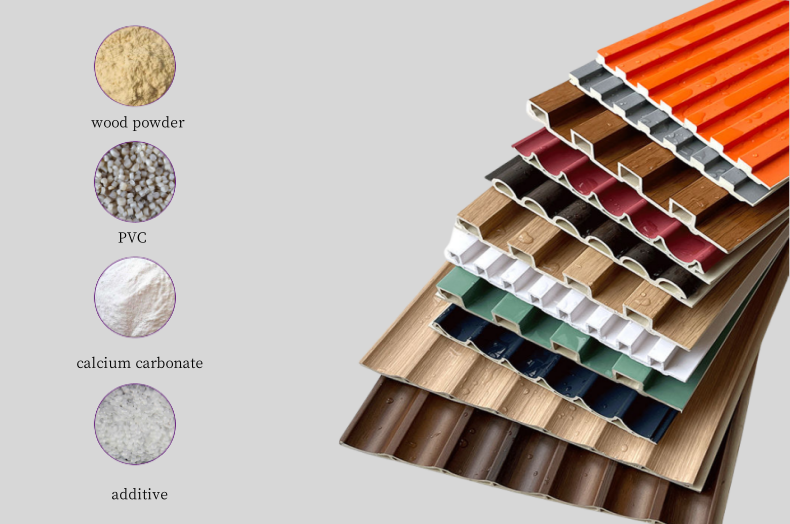
The WPC composition can vary depending on its intended use. For instance, a higher wood content might enhance the natural look of wood plastic composite sheets, while a greater plastic ratio boosts moisture resistance in WPC wall panels. This flexibility is key to its success across diverse applications, from plastic wood composite sheets to wood plastic composite panels. The production process—typically involving extrusion or molding—melds these elements into a solid, uniform product that’s ready to take on the world.
What sets WPC materials apart is their resilience. Unlike pure wood, which can succumb to rot or termites, WPC’s plastic component shields it from these threats. It also offers superior dimensional stability, resisting the warping or cracking that plagues traditional lumber. This makes it a top pick for China WPC wall panel manufacture, where precision and quality are paramount. Woocan Company, for example, leverages this composition to craft WPC products that stand the test of time, appealing to international buyers seeking reliability and style.
In essence, the WPC material is a testament to innovation—taking everyday materials and transforming them into something extraordinary. Whether you’re exploring WPC products for a home project or sourcing from a WPC wall panel factory, understanding its makeup reveals why it’s a game-changer in the world of modern materials.
Types and Applications of WPC Products
Wood Plastic Composite (WPC) products have gained immense popularity in recent years due to their unique combination of wood’s natural aesthetics and plastic’s durability. From residential homes to commercial buildings, WPC offers versatile solutions for a variety of design and construction needs. In this section, we’ll explore the different types of WPC products, with a special focus on WPC wall panels, and discuss their wide-ranging applications.
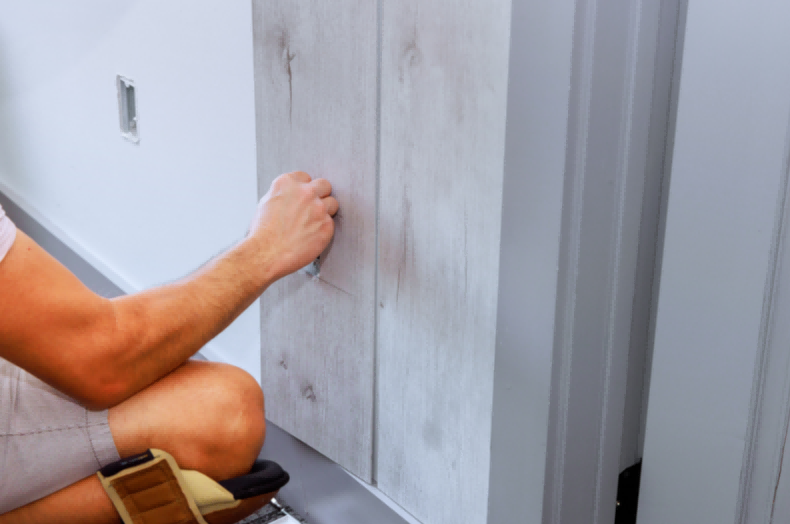
WPC Wall Panels: Design and Functionality
WPC wall panels are a standout innovation in interior and exterior design, blending the warmth of wood with the resilience of plastic. These panels have become a go-to choice for homeowners, architects, and builders seeking durable, stylish, and low-maintenance wall solutions.
Design Options
WPC wall panels are available in an array of designs, textures, and colors, catering to diverse aesthetic preferences:
| Wood Grain | Mimics the natural look of wood, adding warmth and texture to any space |
| Stone Finish | Offers a sophisticated, elegant appearance ideal for luxurious interiors |
| Solid Colors | Provides a sleek, modern look perfect for minimalist designs |
| Custom Designs | Leading manufacturers like Woocan Company offer bespoke options tailored to specific client needs |
| 3D Textured Panels | Feature raised patterns for added depth and visual interest |
| Embossed Panels | Replicate carved wood or other materials for a premium feel |
| Painted Panels | Can be customized with paint to match any color scheme |
This variety ensures that WPC wall panels can enhance any environment, from cozy living rooms to high-end commercial spaces.
Functionality
Beyond their visual appeal, WPC wall panels deliver exceptional performance:
| Durability | Resistant to moisture, rot, and insects, making them suitable for both indoor and outdoor use |
| Low Maintenance | Require only a simple wipe with a damp cloth—no need for painting or staining |
| Easy Installation | Feature a tongue-and-groove system for quick, seamless assembly |
| Insulation | Provide thermal and acoustic insulation, improving energy efficiency and comfort |
| Eco-Friendly | Made from recycled materials, reducing the demand for virgin timber |
| Fire Resistance | Often treated with fire retardants for added safety |
| UV Resistance | Designed to withstand sunlight exposure without fading |
As a premier WPC wall panel manufacturer, Woocan Company produces high-quality panels known for their durability and aesthetic versatility. Their state-of-the-art WPC wall panel factory ensures that every product meets rigorous standards, making them a trusted WPC wall panel supplier for global markets.
Why Choose WPC Wall Panels?
WPC wall panels outperform traditional materials like wood or drywall in terms of longevity and upkeep. Whether used for a feature wall in a home or cladding on a commercial building, they offer a cost-effective, stylish solution that stands the test of time.
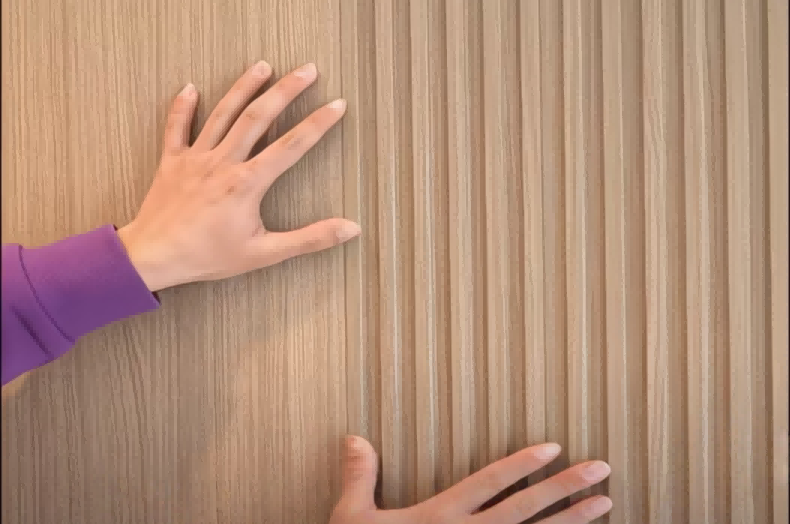
Wood Plastic Composite Sheets and Panels
While WPC wall panels are tailored for wall cladding, WPC sheets and panels encompass a broader category of flat, rigid boards used across various applications. These products showcase the adaptability of WPC in construction and design.
What Are WPC Sheets and Panels?
WPC sheets and panels are manufactured from a blend of wood fibers and thermoplastics, available in different thicknesses and finishes. They serve as a durable, versatile alternative to traditional materials.
Types
-
WPC Boards: Thicker panels used for structural purposes like flooring or furniture.
-
WPC Sheets: Thinner, decorative options for cladding or ceiling panels.
-
WPC Laminates: Thin layers applied to surfaces for enhanced durability and aesthetics.
Applications
-
Furniture: Used for tables, chairs, and cabinets that combine style and strength.
-
Flooring: A moisture-resistant alternative to wood or laminate flooring.
-
Ceiling Panels: Decorative and functional solutions for ceilings.
-
Partitions: Ideal for dividing spaces in homes or offices.
-
Signage: Weather-resistant material for outdoor signs.
-
Doors and Windows: Durable frames that withstand the elements.
-
Kitchen Cabinets: Perfect for humid environments due to moisture resistance.
-
Bathroom Vanities: Easy-to-clean fixtures for wet areas.
Advantages
-
Versatility: Can be cut, shaped, and finished to meet specific needs.
-
Durability: Resists moisture, rot, and insects.
-
Low Maintenance: Simple cleaning with soap and water.
-
Aesthetic Appeal: Available in various colors and textures.
-
Cost-Effective: Offers long-term value compared to traditional materials.
-
Fire Resistance: Enhanced safety with fire-retardant treatments.
Woocan Company extends its expertise beyond wall panels to offer a range of WPC sheets and panels, ensuring quality and reliability for diverse projects.
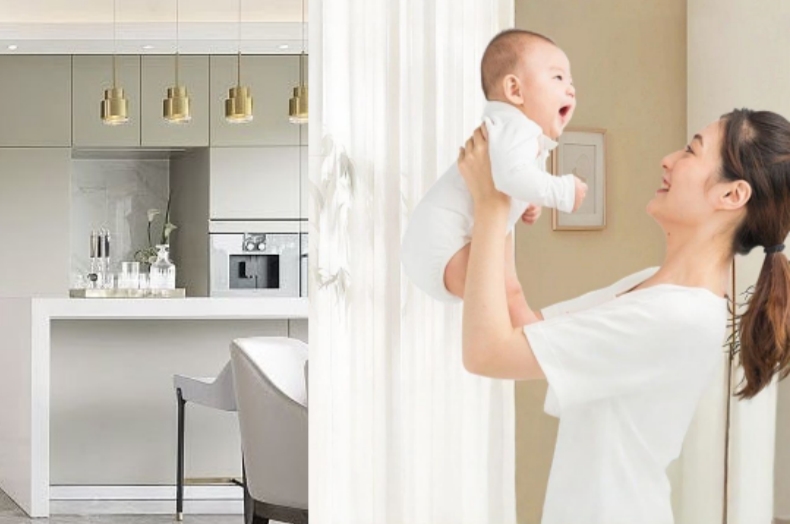
Plasticized Wood and Its Uses
Plasticized wood, commonly known as Wood Plastic Composite (WPC), refers to wood infused with plastic to enhance its properties. This process creates a material that outperforms traditional wood in durability and versatility.
What Is Plasticized Wood?
Plasticized wood combines wood fibers with thermoplastics, resulting in a hybrid material that resists moisture, decay, and environmental wear. The term “plasticized” highlights the integration of plastic, which boosts performance.
Uses of Plasticized Wood (WPC)
-
Construction: Applied in decking, fencing, cladding, and roofing.
-
Furniture: Popular for indoor and outdoor pieces due to low maintenance.
-
Automotive: Used in interiors for lightweight, durable components.
-
Packaging: Provides strong, moisture-resistant materials.
-
Landscaping: Ideal for garden furniture, planters, and edging.
-
Marine Applications: Used in docks and boat decks for saltwater resistance.
-
Transportation: Featured in flooring and cargo liners.
-
Sports and Recreation: Found in playgrounds and outdoor equipment.
Benefits in Specific Industries
-
Construction: Withstands harsh weather and reduces maintenance costs.
-
Furniture: Offers design flexibility and wear resistance.
-
Automotive: Improves fuel efficiency with lightweight materials.
Woocan Company leverages advanced techniques in their WPC wall panel factory to produce plasticized wood products that meet global demands, reinforcing their position as a top WPC wall panel manufacturer.
Whether you’re designing a home, building a commercial space, or crafting furniture, WPC offers a reliable, sustainable solution.

